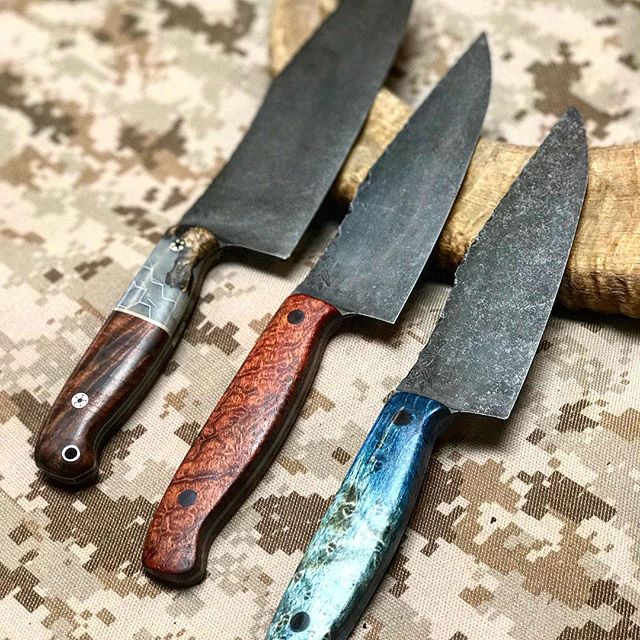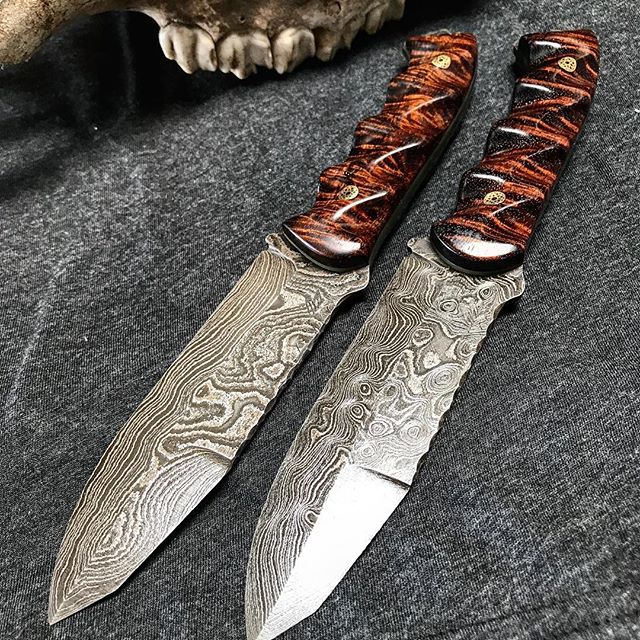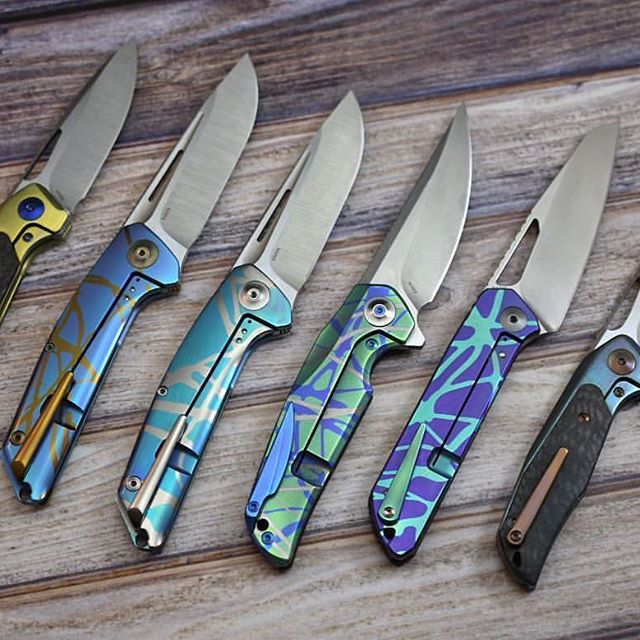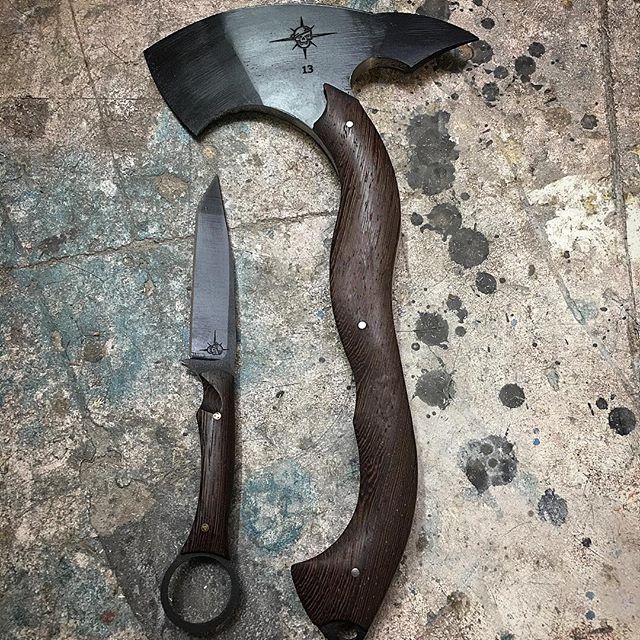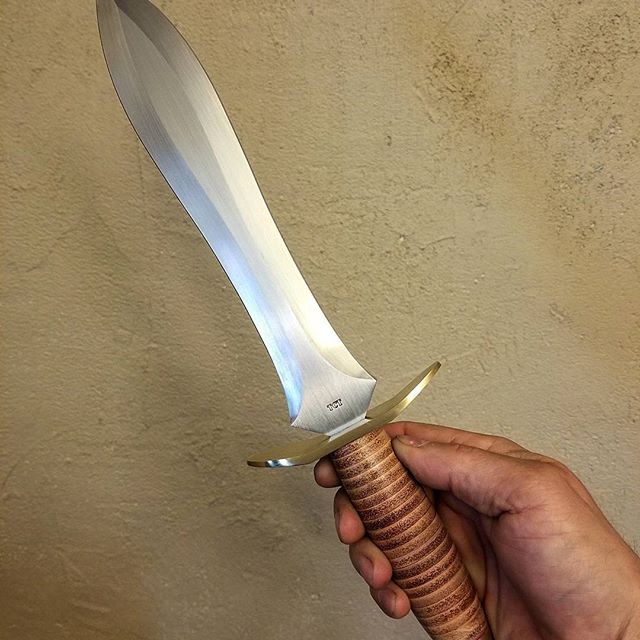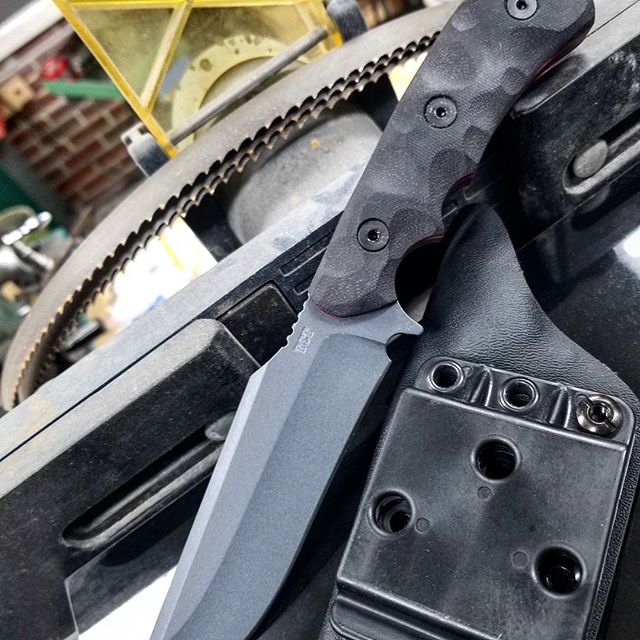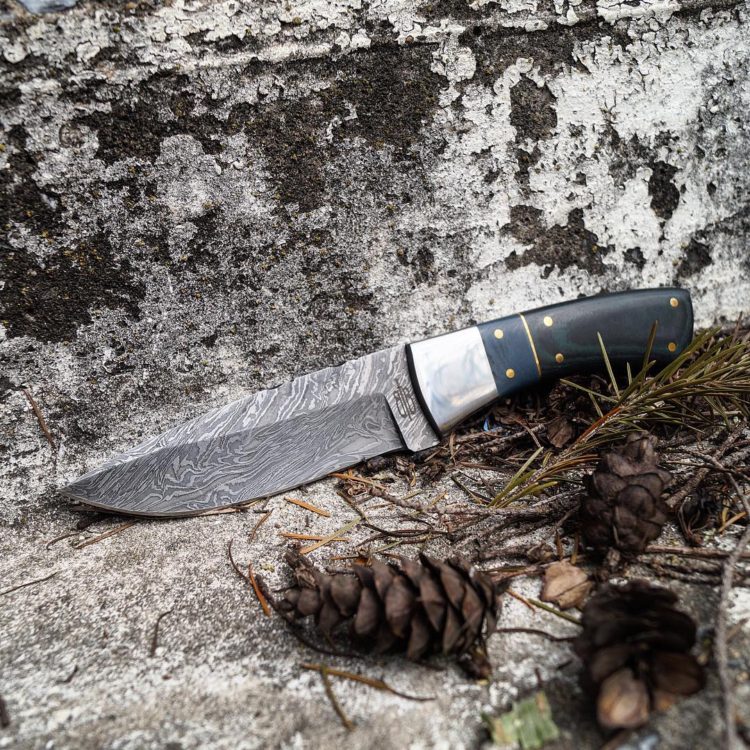A good knife is obviously an essential tool in any kit bag and can mean the difference between life and death in a survival situation. Cutlery fans will choose a knife for various purposes whether it’s for EDC or for a more specific purpose such as a camp knife for field use, a fighter, a chopper, etc.
Half Face Blades
The intended purpose is usually obvious by its shape and size but another very important factor to note before you spend a lot of money is the type of steel the manufacturer uses for the intended purpose of the KIQ (Knife in Question).
Many – we’ll call them “over-the-counter” knives (mass production knives) – may advertise the type of steel as “High Carbon Steel” and some may have a numeric or alpha-numeric designation etched or stamped into the ricasso (an unsharpened length of blade just above the guard or handle on a knife, dagger, sword, or bayonet). So, what does this all mean? First of all, let’s look at the term “high carbon steel.”
Liong Mah Knives
High carbon steel (HCS) basically refers to any steel with a minimum of .6% to a maximum of 1.0% carbon content. Carbon content is one of the key factors in the hardenability of blade steel so if it’s a knife – a decent knife – chances are it is high carbon steel. So, don’t be taken in by the “High Carbon Steel” in bold letters on the box as a sign of higher quality. It’s a knife; of course it’s HCS (there are a few exceptions that I will discuss in a later article).
Of course, HCS composition involves more than just iron and carbon. There are indeed many other alloys in various amounts that make of the chemical composition of the various types of steel. Some of the usual alloying elements for blade steel are chromium, cobalt, molybdenum, nickel, titanium, tungsten, vanadium or zirconium.
Toor Knives
Depending upon what the steel will be used for will determine the various alloy content (finally getting to the meat and potatoes). I don’t want to get too down in the weeds into the metallurgical sciences but a VERY quick down and dirty regarding what gives a blade its physical properties will be helpful.
First, after making a chunk of steel look like a knife, whether ground to shape or forged, it has to be heat-treated. There are numerous steps in this process but the two key processes are the hardening and the tempering.
Steel is hardened when it is heated to it’s “critical” temperature (for most HCS the temp is normally between 1475 and 1550 degrees F) and then rapidly cooled in a quench medium (usually oil). This will harden the steel but also makes it very brittle. The steel will then be raised to a lower temperature (usually between 300 to 500 degrees F) and held at that temperature for approximately one or two hours. This changes the grain structure in the steel that will remove the brittleness but retain the toughness. It will also give it its flexibility and edge-holding capabilities.
TCT Knives
We will look at a just a few of the more popular blade steels to provide a good starting point for your own research. And believe me, it is worth the research. We will start with 1095 HCS. This is a popular “simple steel” (fewer of the other alloys that I mentioned before). Depending on the foundry it will contain between .9% to 1% carbon. It is easy to forge so it is popular with custom traditional bladesmiths. This steel is great for utility knives, general and hard-use knives. It can be slightly brittle because of its high carbon content – even after proper tempering – so be aware of that depending on your specific use. KBAR and Ontario Knife Company (OKC) use 1095 for many of their knives.
TCT Knives
The current trend for “OTC” high-end tactical knives is the use of crucible steel (a metallurgical discussion on this will be included in a follow-on article). A company called Crucible Industries create several blade steels that have become a mainstay for tactical and hard-use knives.
Knife makers such as TOPS and Zero Tolerance make their award-winning blades from CPMS30V or CPMS35VN. CPM stands for Crucible Particle Metallurgy (again, a discussion about metallurgy will follow soon). The S, the V and the N describe the alloys that are included – silicon, vanadium and niobium. What these provide as much as the carbon content is sharpening and edge-holding capability, corrosion resistance and toughness. These two specialty steels have become very popular for the “OTC” tactical and heavy use knives – especially CPM S30V.
Bucknbearknives
Whether you decide to purchase a bulk-manufactured knife or commission a bladesmith for a custom knife, it is worth doing the research to make an educated choice for the appropriate steel for your blade’s intended purpose.
*The views and opinions expressed on this website are solely those of the original authors and contributors. These views and opinions do not necessarily represent those of Spotter Up Magazine, the administrative staff, and/or any/all contributors to this site.
